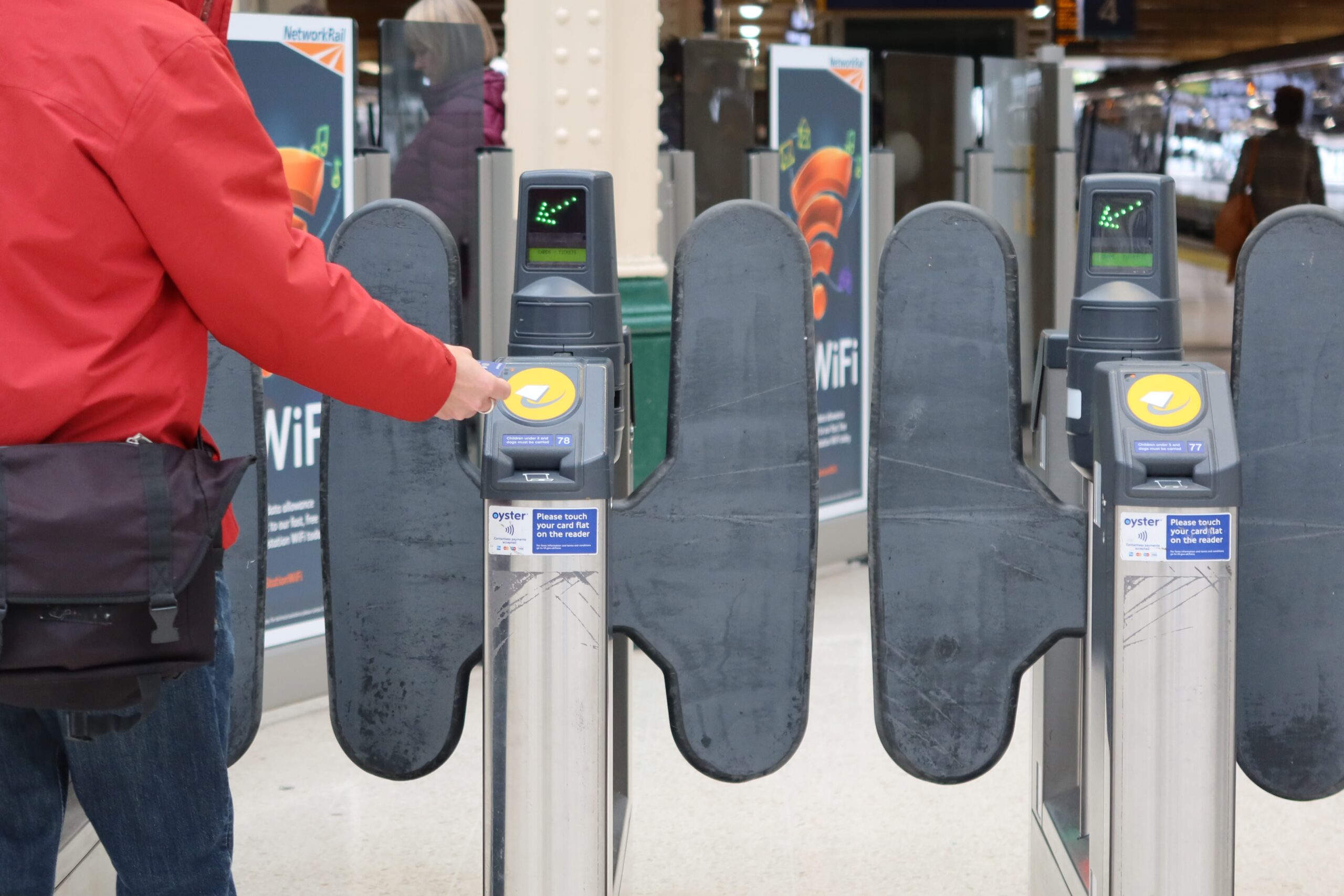Introduction
When it comes to exploring Europe, rail travel is often considered one of the most convenient and scenic options. With a vast network of railways connecting various countries, travelers can easily hop from one city to another while enjoying breathtaking views along the way. In this blog post, we will compare three popular rail systems in Europe – Eurostar, TGV, and InterRail – and discuss their pros and cons, as well as provide tips on booking, routes, and what to expect on board.
Eurostar: The High-Speed Rail Link Between the UK and Continental Europe
Eurostar is a high-speed train service that connects London with several major cities in Europe, including Paris, Brussels, and Amsterdam. One of the biggest advantages of Eurostar is its speed. With trains traveling at speeds of up to 186 mph (300 km/h), you can reach your destination in no time.
Another benefit of Eurostar is the convenience it offers. The trains depart from city center stations, making it easy to access them without the need for additional transportation. Additionally, Eurostar offers a seamless connection between the UK and mainland Europe, with immigration and customs checks taking place before boarding the train.
However, Eurostar tickets can be quite expensive, especially if booked last minute. To get the best deals, it is advisable to book in advance and be flexible with your travel dates. Also, keep in mind that Eurostar operates on a reservation system, so it is essential to secure your seat prior to boarding.
TGV: France’s High-Speed Rail Network
TGV, which stands for Train à Grande Vitesse, is France’s high-speed rail network. It connects various cities within France and also offers international connections to neighboring countries. One of the main advantages of TGV is its extensive network, making it possible to reach almost any destination within France quickly and efficiently.
Another pro of TGV is the comfort it provides. The trains are spacious, with ample legroom and comfortable seating. TGV also offers onboard amenities, such as power outlets and Wi-Fi, allowing you to stay connected during your journey.
However, TGV tickets can be pricey, especially if you opt for the high-speed services. To save money, consider booking non-high-speed TGV trains, which are often cheaper. Additionally, TGV trains can get crowded, especially during peak travel seasons. It is advisable to book your tickets in advance and try to avoid traveling during rush hours.
InterRail: The Ultimate European Rail Pass
InterRail is a popular choice among travelers who wish to explore multiple countries in Europe. It is a rail pass that allows unlimited travel on various train networks across Europe within a specified period. One of the major advantages of InterRail is the flexibility it offers. With a single pass, you can travel to multiple countries and create your own itinerary.
Another benefit of InterRail is the cost savings. If you plan to visit several countries or take multiple train journeys, an InterRail pass can be more economical compared to buying individual tickets. It also eliminates the hassle of purchasing tickets for each leg of your journey.
However, InterRail has a few limitations. Some high-speed and night trains require additional seat reservations, which may incur extra costs. Additionally, InterRail passes are not valid for travel within your own country of residence. It is important to plan your journey in advance, research the routes, and check if any seat reservations are required.
Tips for Booking and What to Expect On Board
When booking your rail travel in Europe, it is advisable to compare prices and check for any ongoing promotions or discounts. Websites like Rail Europe and Trainline offer a wide range of options and can help you find the best deals.
While onboard, you can expect a comfortable and enjoyable journey. Most trains offer spacious seating, onboard catering services, and Wi-Fi connectivity. Some high-speed trains even have dedicated business class compartments for those seeking extra comfort and amenities.
It is important to arrive at the station well in advance, especially if you have luggage or need assistance. European train stations can be busy, and it is advisable to allow some extra time to navigate through the crowds and find your platform.
Conclusion
Europe’s rail systems, including Eurostar, TGV, and InterRail, offer convenient and scenic options for exploring the continent. Each system has its own pros and cons, and it is important to consider your travel preferences and budget when choosing the most suitable option.
By booking in advance, comparing prices, and planning your journey, you can make the most of your rail travel experience in Europe. Whether you opt for the high-speed Eurostar, the extensive TGV network, or the flexibility of an InterRail pass, you are sure to enjoy the charm and beauty of Europe from the comfort of a train.


